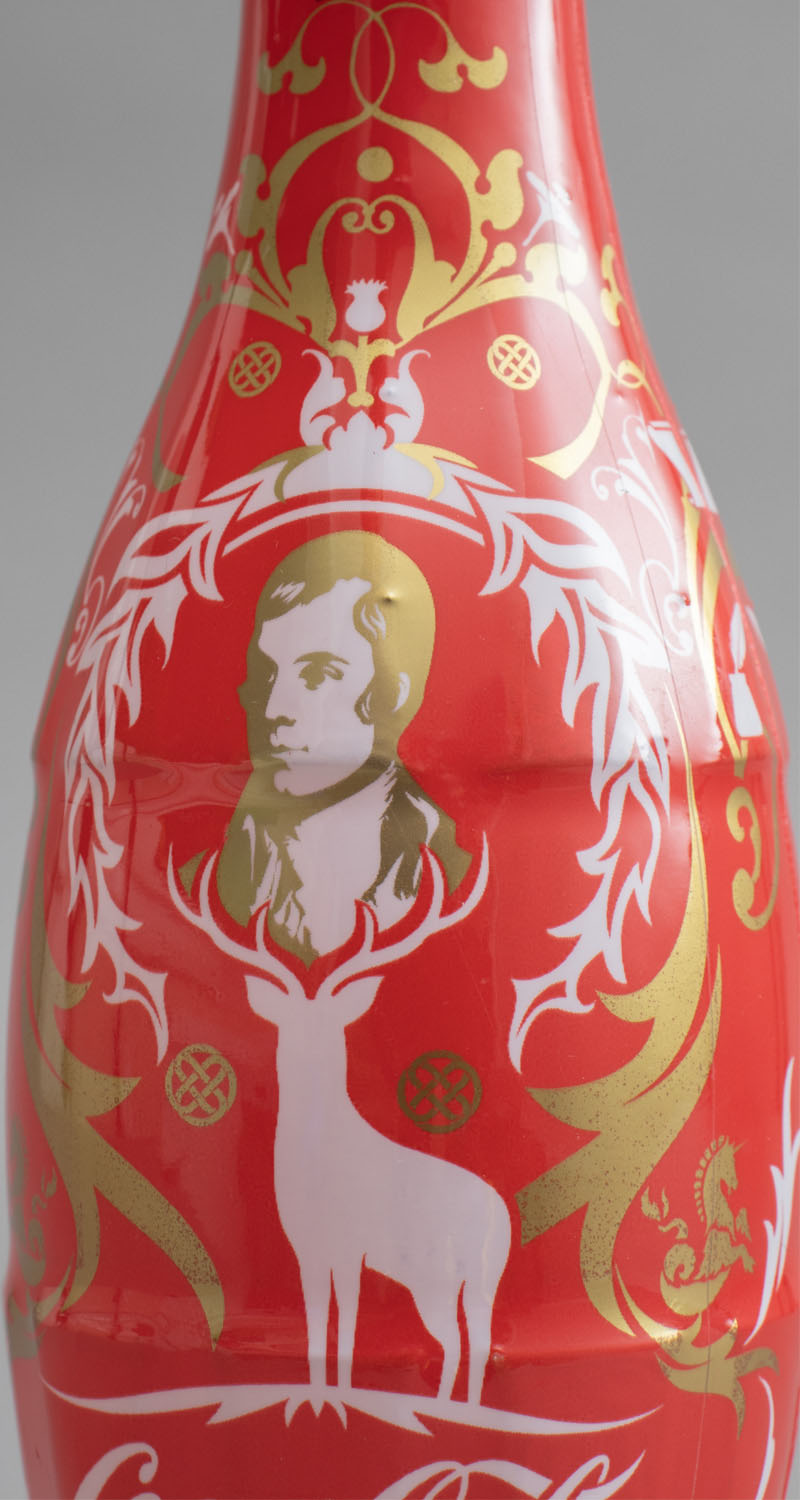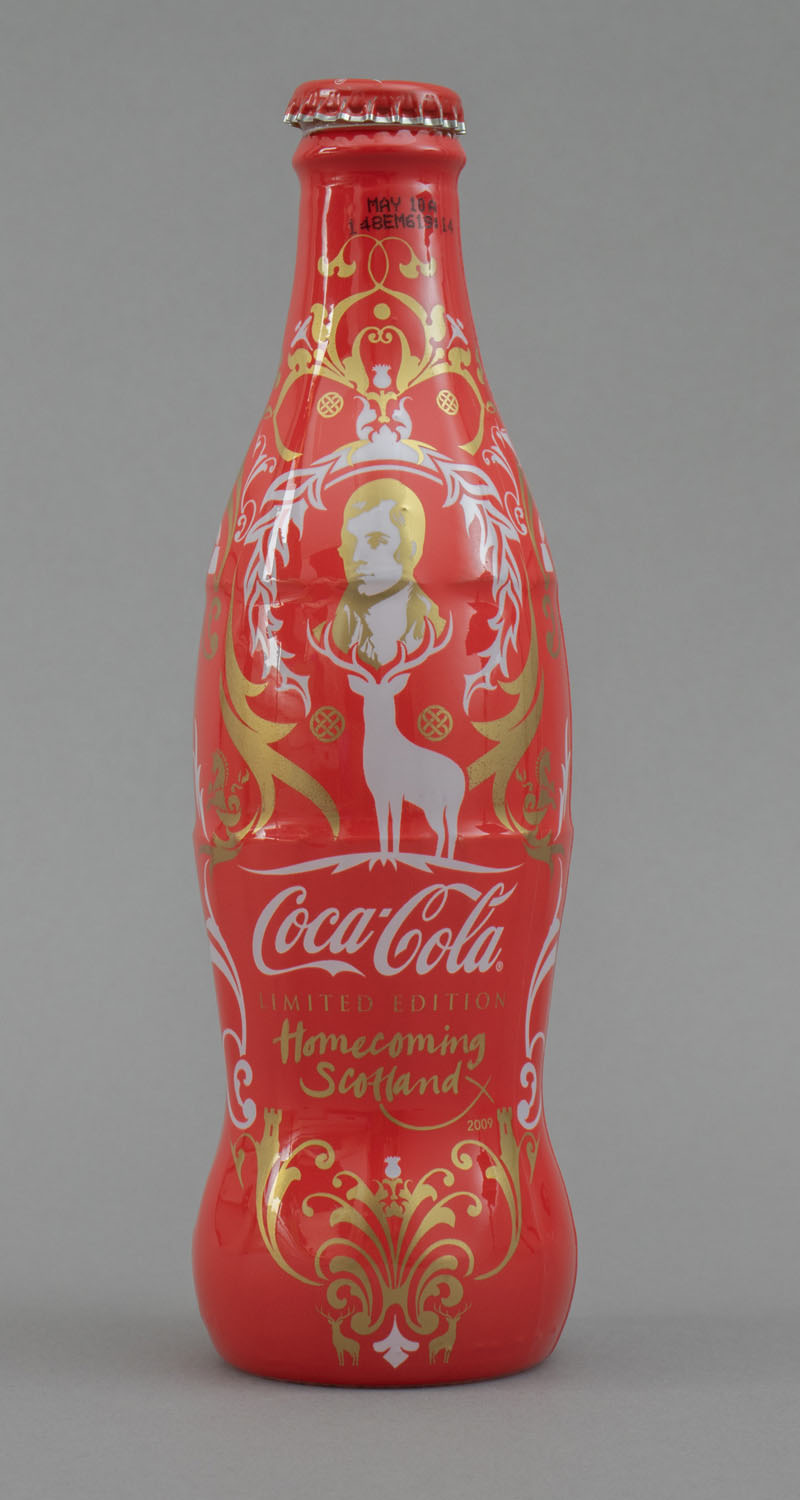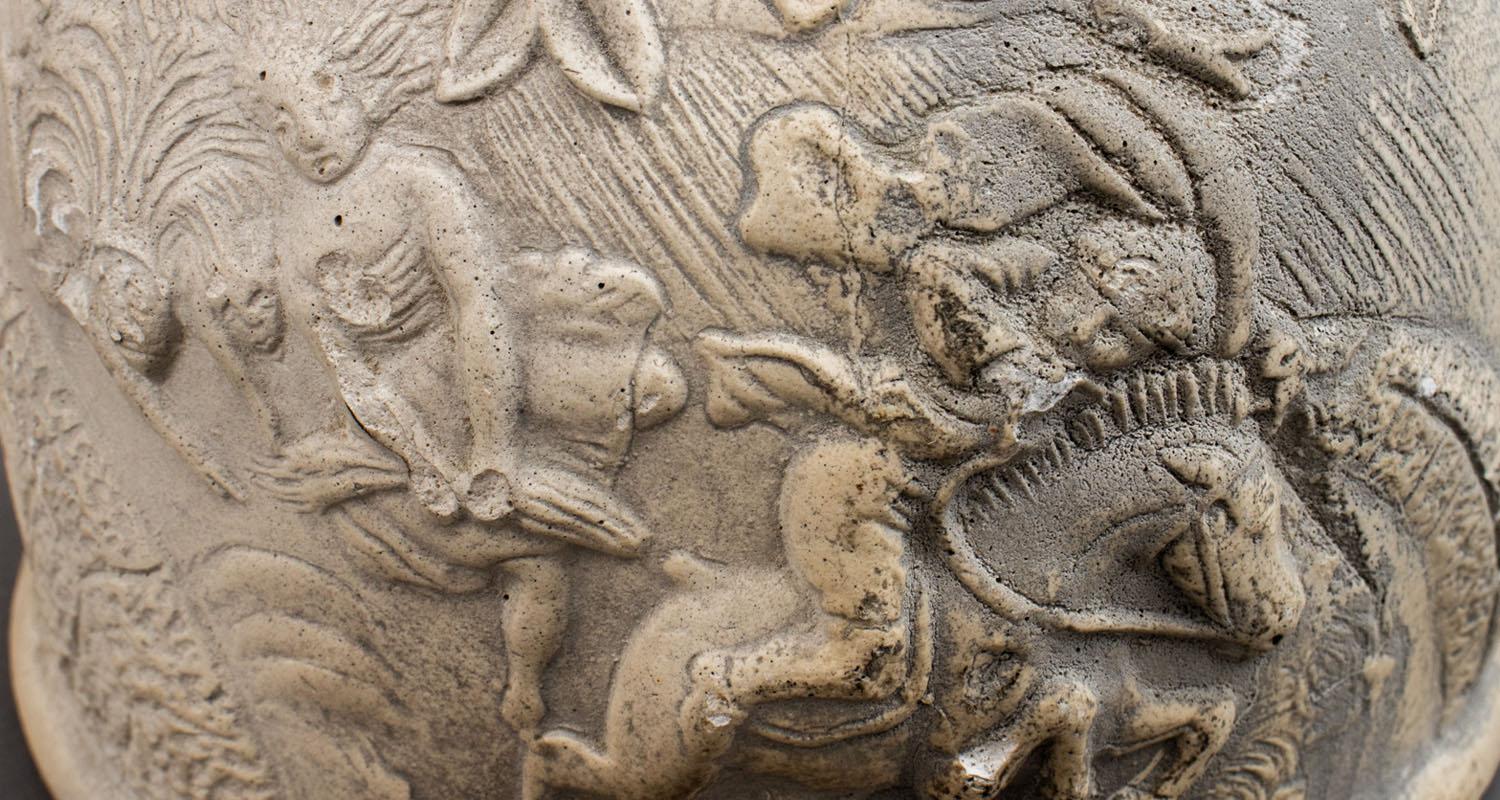How are you celebrating Burns Night this year? Perhaps a ceilidh? Or maybe just settling down to a yummy plate of haggis, neeps and tatties accompanied by a wee dram or two? You could even visit the Writers’ Museum to see many items from our Burns collection on display!
Museums & Galleries Edinburgh’s Burns collection includes books, manuscripts and portraits as well as some more unusual items. Here are three Burns-related objects in our collection that you might not normally associate with the Bard!
1. Temple of the Bard
The Burns Monument on Edinburgh’s Regent Road was built in the 1830s. It was paid for by public donations by the great and the good in the city, but also from around the world. At the time it was being built the Monument was known as the Temple, and intended to house a grand marble statue of Robert Burns by the sculptor John Flaxman. You can see this statue today in the spectacular grand hall of the Scottish National Portrait Gallery.
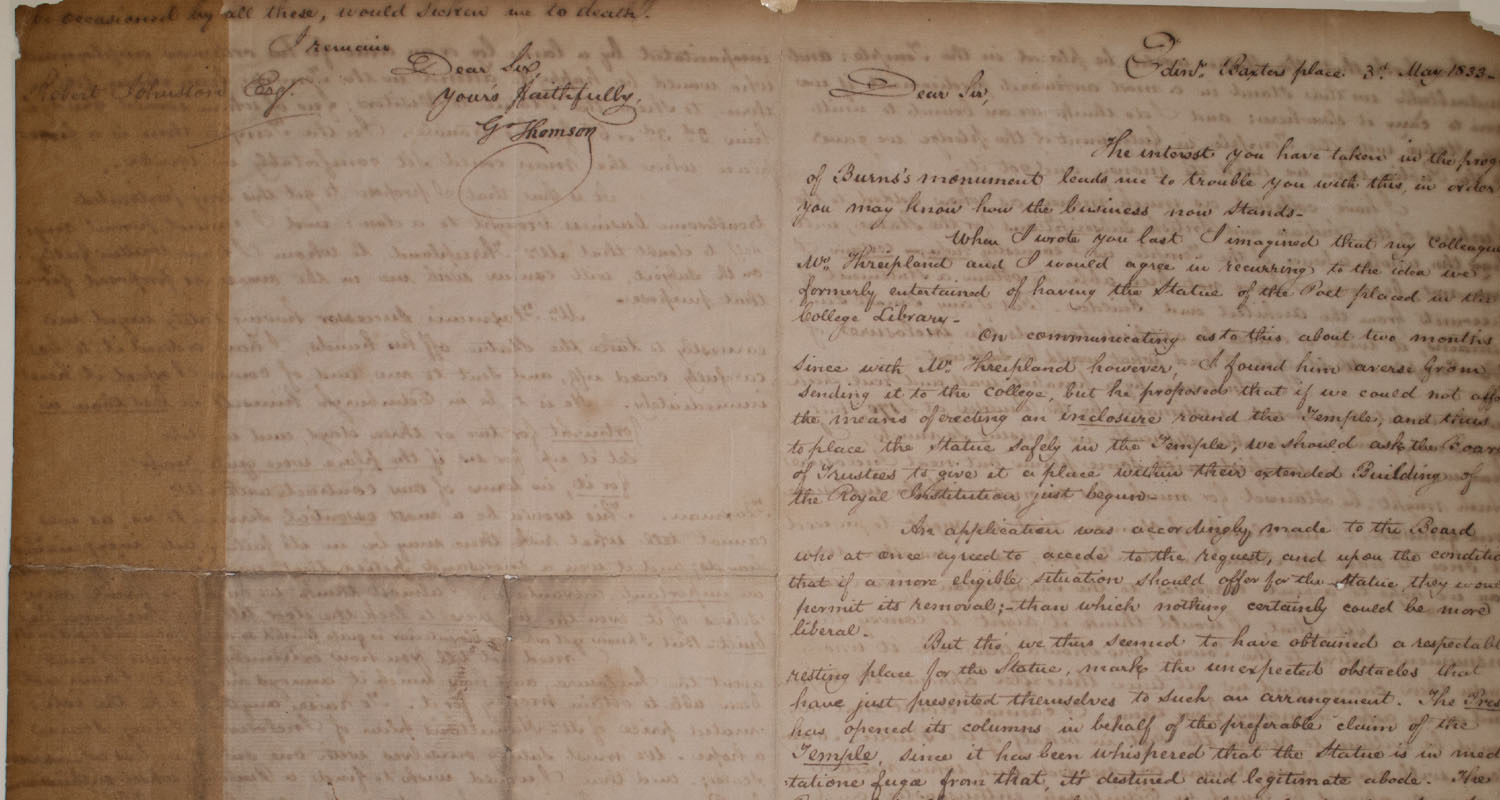
This letter is written by George Thomson, a celebrated Edinburgh music publisher and friend of Robert Burns. He is updating a colleague, Robert Johnstone, about the progress being made to raise funds to have a small wall around the Monument. It seems there were calls for the statue to be removed from the Monument and housed in an alternative setting, but Thomson fears the public outcry of such a move. He says that the editor of the Observer has got wind of these rumours and has protested “the severing of the Statue from the Temple is a thing that must not be thought of”.
Thomson goes on to write about the future of the Monument. While it was built with public money, there were no funds in the 1830s to ensure its upkeep. But he assumes an easy solution, relying on the people of Edinburgh to come to the rescue “many years will elapse before repairs are needed, and when needed there will always be found in Edinburgh enthusiastic and generous Spirits ready to contribute for the preservation of the monument of Burns”.Today, the Edinburgh & District Burns Association continue to advocate for the Monument, the poet and his vast legacy.
2. A jug of witches
Arguably the best known of Robert Burns’ poems, Tam O’Shanter is a tale full of sorcery and witches. In the poem, old Tam is riding his horse Meg home after an evening’s carousing at the inn. He spies a coven of witches dancing and can’t help himself shouting out. A crazy chase ensues, with Tam riding for his life followed by all manner of terrifying creatures. Just as he reaches a bridge, the witch Nannie grabs Meg’s tail. But witches can’t cross water, and so Meg gallops over leaving her tail in Nannie’s hand. This scene has been reproduced on countless paintings and trinkets, and here we see it on a stoneware jug made by Andrew Buchan & Co. of Portobello.
The witchy jug was made using a ceramic mould. Wet clay was pressed into two parts of the mould, and joined together to form the jug. To make sure the potters could reproduce as many jugs with the same pattern, they first made a ‘master mould’ from which they could keep making new moulds.
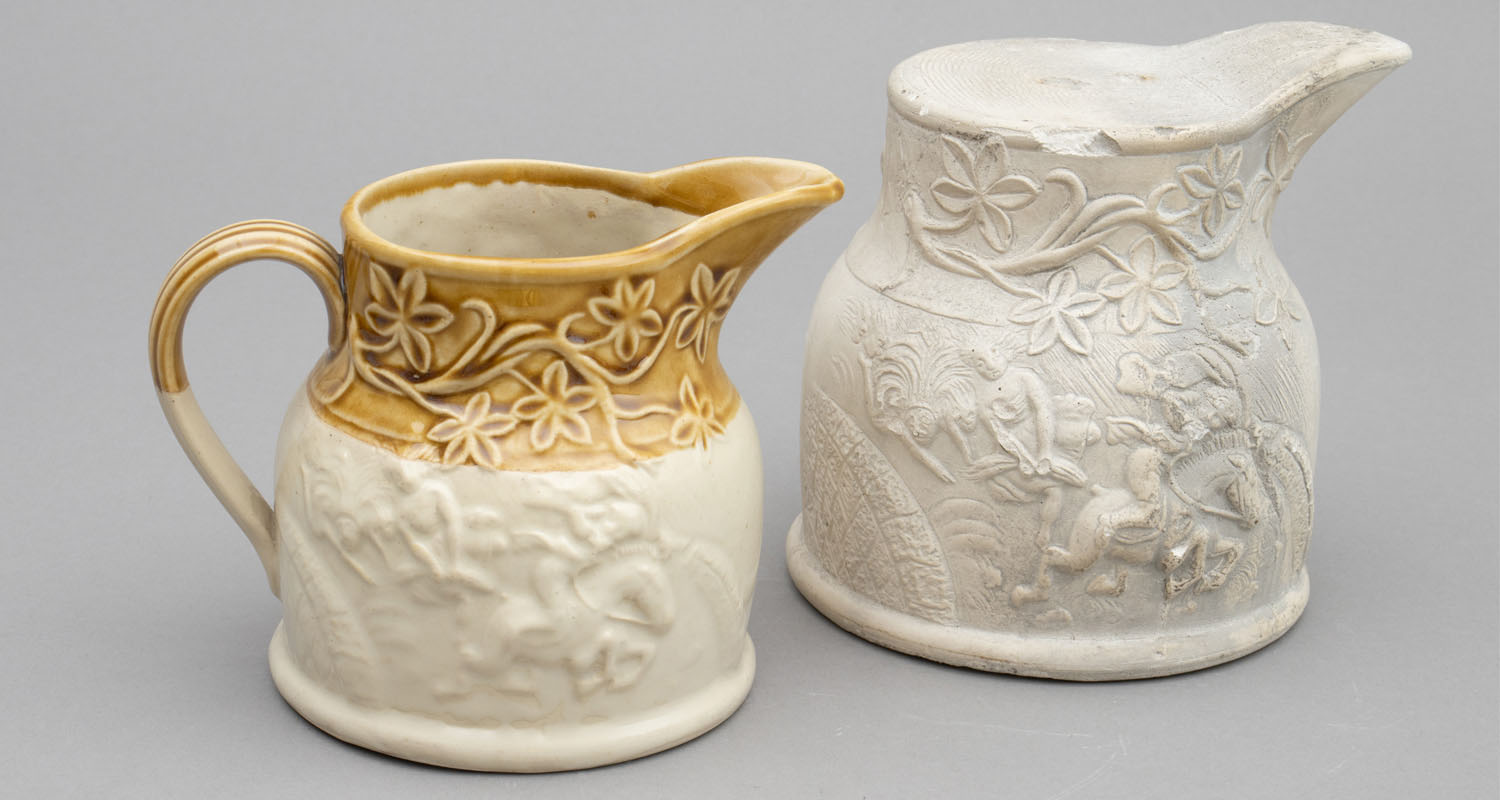
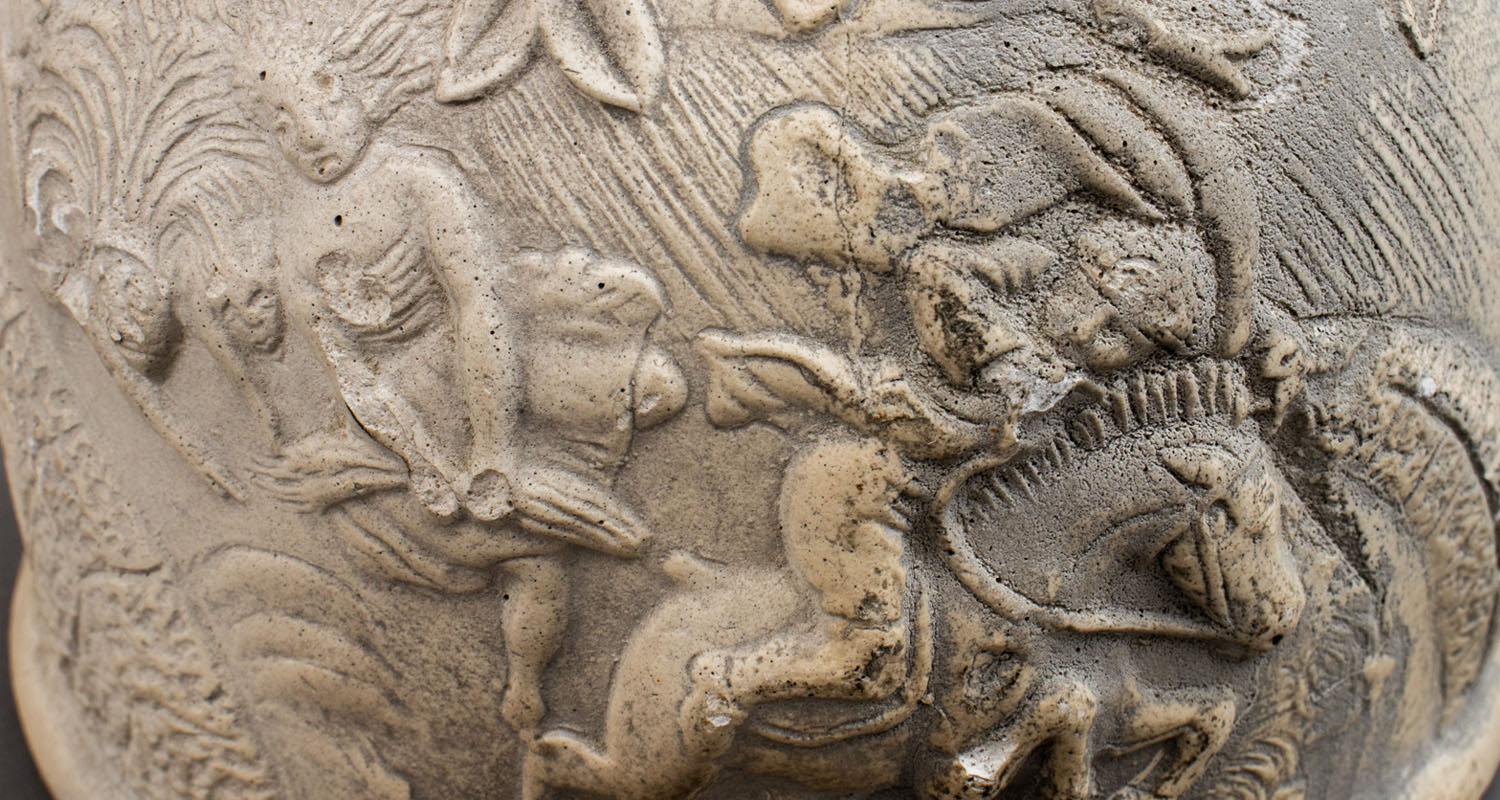
3. Coming home to Scotland
2009 was a big year for the millions of people around the world with Scottish ancestry. The Year of Homecoming, a year long programme of events, was organised on behalf of the Scottish Government to attract visitors from overseas who could trace their origins back to Scotland. There were ceilidhs, mass clan gatherings, piping competitions and Highland games.
2009 was also the 250th anniversary of the birth of Robert Burns. This was a clever ploy; Burns is known all over the English-speaking world and anyone looking into their Scottish ancestors would no doubt be familiar with his work.
Promoting the event to an international audience was key to get the message out, and this special edition Coca Cola bottle is full of Scottish symbols, but the Bard features prominently! Here we see a version of the much-reproduced portrait of Burns by Alexander Nasmyth, now at the National Galleries of Scotland.
